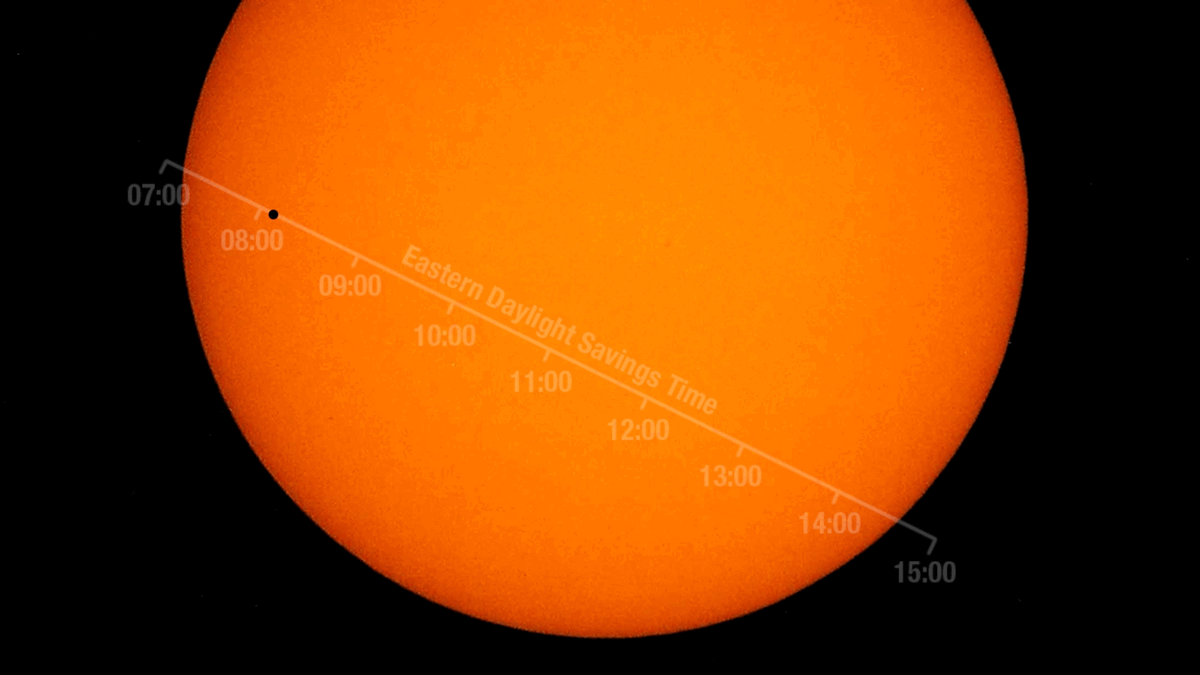Early May is always quite eventful. Even more so this year: There is May 4 (for Star Wars aficionados), Cinco de Mayo, and May 9 (for astronomy buffs).
On Monday, Mercury will cross the sun’s face in a rare transit visible from most places on Earth. The event won’t be obvious to the casual observer unless you have appropriate astronomical equipment.
Luckily for a group of students at David Cox Elementary School in Henderson, UNLV’s physics and astronomy department is setting up an observation station to view the journey of our solar system’s smallest planet across the face of the sun.
Physics and astronomy professor Jason Steffen and a group of UNLV physics and astronomy students will be presenting the program to the third, fourth, and fifth graders. Here, Steffen and Randall Dannen, an undergraduate physics student and president of the Society of Physics Students at UNLV, discuss the event:
How do you explain the transit to 3rd graders?
Dannen: We know that Earth and all other planets orbit the sun, and some orbit closer than others. Mercury and Venus both are on orbits that are closer than the sun, and occasionally, their orbits will put them between the sun and the Earth. When this happens, we can see these planets blocking some of the sun’s light.
Steffen: We will be watching the planet Mercury pass in front of the sun. It will look like a small black dot on the sun because it blocks part of the light. Since Mercury moves around the sun like the Earth does, we will actually be able to see Mercury’s motion through space as it crosses the sun.
Why is this a special event?
Steffen: Transits like this one don’t happen very often. For Mercury, we can see a transit from Earth about once every 10 years. Sometimes it happens at night so we can’t see it from Las Vegas. There will be another in 2019, but then not again until 2049. Venus is the only other planet that transits the sun. There was a transit of Venus a few years ago, but the next one will be about 100 years from now.
Best way to observe it? (Don't look into the sun!)
Dannen: We’ll be projecting the telescope's view onto a screen, and that way we aren’t looking directly at the sun.
Steffen: To view at home, you can make a pinhole viewer out of a shoebox, like the ones you use to see solar eclipses, or you can put on a welder’s mask.
Why does UNLV send students into the elementary schools?
Steffen: We are part of the community. Many of these students will eventually become students at UNLV. We want to inspire them to do well in their schooling and to prepare for a good college education — preferably in physics and astronomy, not that we’re biased or anything.



